Learn how to make perfect Italian pizza dough recipe at home with our guide. This recipe is great for beginners and experienced cooks alike. It shows you how to make a thin, crispy, and rustic pizza crust. Impress your loved ones with a taste of Italy.

Key Takeaways
- Learn the traditional techniques for making authentic Italian pizza dough
- Discover the importance of high-quality ingredients like Tipo 00 flour and yeast
- Understand the science behind the perfect dough fermentation and proofing process
- Master the art of shaping and stretching your dough for a professional-looking crust
- Explore the optimal cooking methods and equipment for achieving a wood-fired oven-like result
Understanding Neapolitan Pizza: The Original Italian Style
Neapolitan pizza is a true culinary gem from Italy. It comes from Naples and shows Italy’s love for real and traditional food. The dough is made with just flour, yeast, salt, and water.
History of Neapolitan Pizza Making
The story of Neapolitan pizza starts in the late 1700s. Street vendors in Naples sold flatbreads with toppings. This simple food became a global favorite. The Neapolitan Pizza Association (AVPN) was formed in 1984 to keep this dish true to its roots.
AVPN Guidelines and Standards
The AVPN has strict rules for making Neapolitan pizza. They require specific ingredients like tipo 00 flour and San Marzano tomatoes. The dough ferments for 12 to 18 hours to get its special taste and texture.
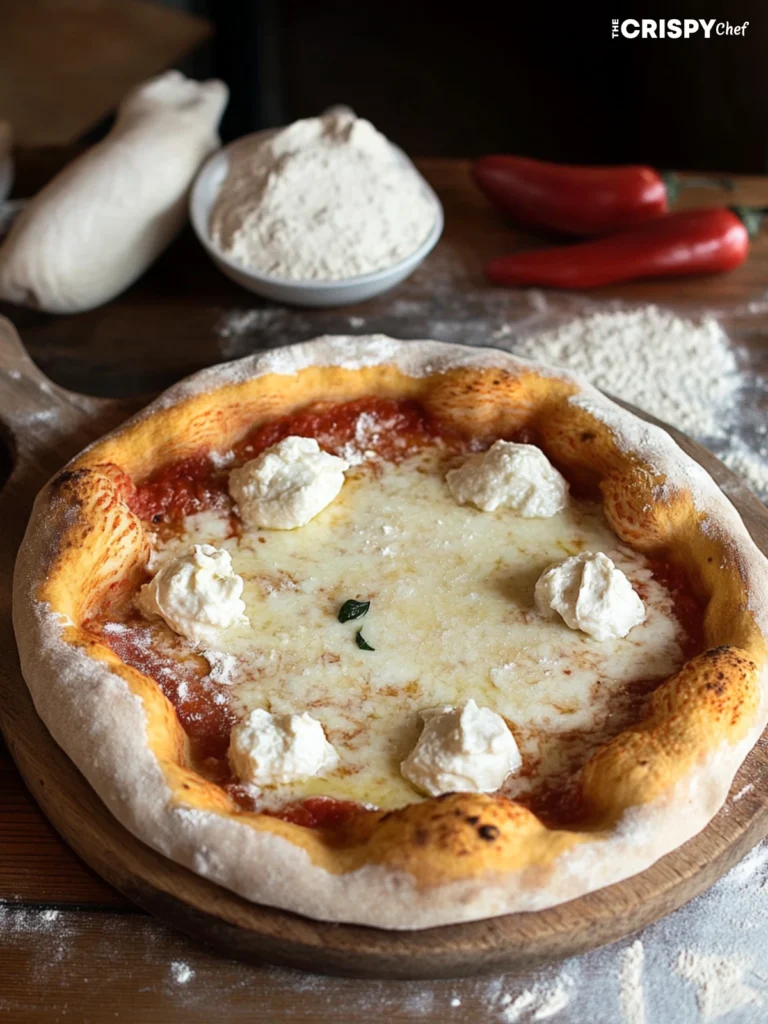
Key Characteristics of Traditional Italian Pizza
A real Neapolitan pizza has a thin, crispy crust and a soft center. It’s topped with tomato sauce, mozzarella, and basil, all drizzled with extra virgin olive oil. It’s baked in a wood-fired oven at high temperatures, giving it a smoky flavor.
“Neapolitan pizza is a protected product in the European Union and considered UNESCO cultural heritage.”
Neapolitan pizza stands out because of its commitment to tradition. It uses old methods and ingredients. This dish is loved by pizza fans everywhere, showing Italy’s rich food heritage.
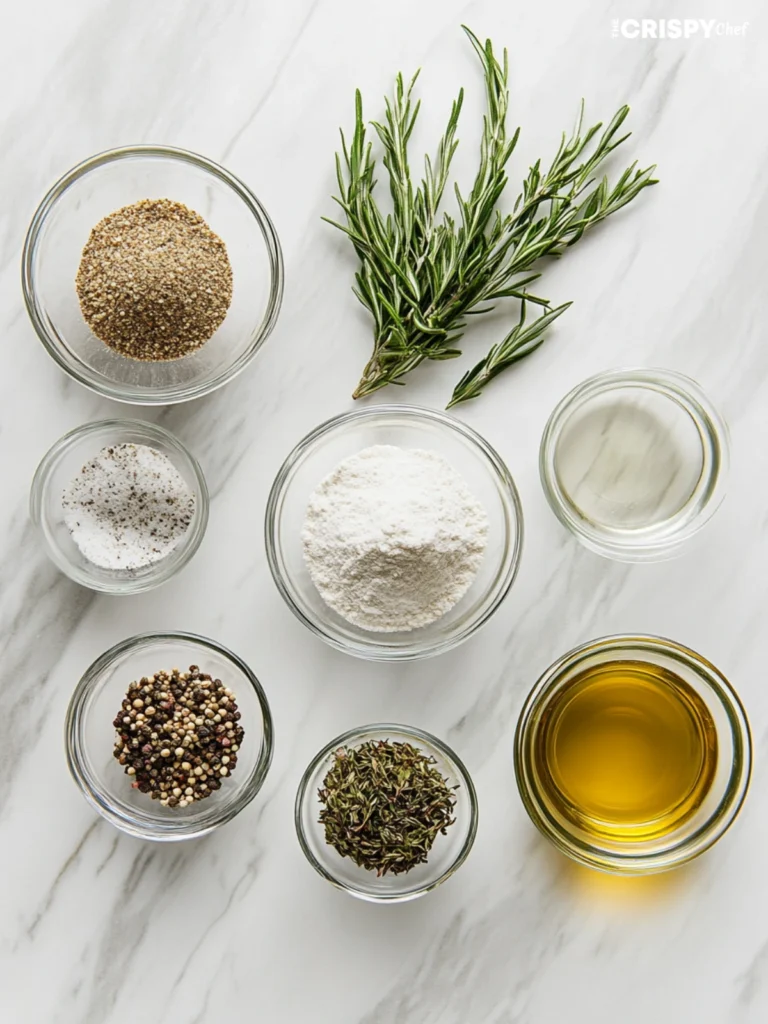
Essential Ingredients for Perfect Italian Pizza Dough Recipe
To make authentic Italian pizza dough at home, you need a few key ingredients. The dough starts with 00 flour, a finely ground Italian flour. It makes the dough soft and chewy. You also need water, fine sea salt, and active dry yeast to make the dough come to life.
For the toppings, you’ll want fresh mozzarella (like buffalo mozzarella or fior di latte), San Marzano tomatoes, fresh basil, and extra virgin olive oil. These ingredients are key to getting the real taste of Italian pizza. The dough needs to ferment for 24 to 48 hours. This makes it taste and feel just right.
Now, let’s explore the 00 flour pizza dough recipe and how each ingredient helps make a true Italian pizza.
- 00 flour: This finely milled Italian flour is the dough’s foundation. It gives the dough a soft, chewy texture and helps it rise well.
- Water: The water should be between 110-115 degrees Fahrenheit. This is to activate the yeast properly. You’ll need 1 cup + 1 tablespoon of water.
- Active dry yeast: Use 2 1/4 teaspoons of active dry yeast. Let it sit in the warm water for 5 minutes before adding it to the dough.
- Fine sea salt: Add 1 teaspoon of fine sea salt. It enhances the dough’s flavor and helps control the yeast’s fermentation.
- Extra virgin olive oil: Add 1 tablespoon of olive oil. It adds more flavor and improves the dough’s texture.
With these ingredients and the right technique, you can make a 00 flour pizza dough that’s as good as the best Italian pizza recipes.
The Role of Double Zero (00) Flour in Italian Pizza Making
Choosing the right flour is key to making authentic Italian pizza. Double zero (00) flour is the secret to traditional Neapolitan-style pizza. It makes the dough soft, stretchy, and easy to eat, with a crispy crust.
Why 00 Flour Makes a Difference
00 flour is special because of its low ash content and fine grind. It has an ash content of 0.55% or less. This makes it perfect for pizza, with a powder-like consistency.
The flour’s low protein and delicate gluten structure help the dough stretch and shape well. It puffs up beautifully in a wood-fired oven.
Best Flour Brands for Pizza Making
- Caputo Pizzeria Flour – A top choice for pizzaiolos worldwide, Caputo’s Pizzeria flour ensures consistent results.
- King Arthur Bread Flour – Not a 00 flour, but King Arthur’s bread flour is great for home bakers. It has 11.7% protein for a strong, stretchy dough.
- Bob’s Red Mill Organic Bread Flour – A good option for homemade pizza, Bob’s Red Mill bread flour adds structure and chewiness to the crust.
When picking flour for pizza, choose varieties made for pizza. Whether it’s true 00 or high-quality bread flour, it will help you make perfect dough every time.
The Science Behind Pizza Dough Fermentation
Making the perfect italian pizza dough recipe or traditional pizza dough recipe is an art. It needs a deep understanding of dough fermentation science. This process is key to getting the unique flavors and textures of authentic Neapolitan-style pizza.
The dough changes a lot during fermentation. Most flour is starch, a complex carb. Yeast eats the sugars from starch, making carbon dioxide and alcohol.
The best temperature for fermentation is 20-27°C / 68-80°F, with 26°C / 79°F being ideal. The dough’s maturation depends on time and temperature. Bakers can change the yeast amount to control how fast it rises.
| Key Factors in Pizza Dough Fermentation | Ideal Range |
|---|---|
| Temperature | 20-27°C / 68-80°F |
| Optimal Temperature | 26°C / 79°F |
| Yeast Quantity | Adjustable to control rising rate |
Fermentation starts with yeast eating glucose and oxygen. As it matures, yeast changes to anaerobic fermentation. This breaks down sugars to make carbon dioxide and alcohol, giving the dough its rise and flavor.
Understanding pizza dough fermentation science helps bakers. They can control their italian pizza dough recipe or traditional pizza dough recipe. This ensures the perfect flavors and textures of authentic Italian pizza.
Kneading Techniques and Dough Development
Proper kneading is key to making the perfect italian thin crust pizza dough recipe and best pizza dough recipe. It develops the gluten, which is vital for the right texture and structure. You can knead by hand or use a machine.
Hand Kneading vs. Machine Mixing
If you don’t have a stand mixer, hand kneading is a good choice. Knead the dough for about 10 minutes. Use the heel of your hand to push and fold it. This helps the gluten form and makes the dough smooth and elastic.
For those with a stand mixer, use the dough hook attachment. Mix on medium speed for about 7 minutes. This method ensures even kneading.
The Window Pane Test Method
To check if your dough is kneaded enough, do the window pane test. Take a small piece of dough and stretch it between your fingers. If you can stretch it thin enough to see light through without it tearing, it’s ready. This means the gluten is fully developed, perfect for your italian thin crust pizza dough recipe and best pizza dough recipe.
“Kneading is an essential step in developing the gluten structure, which gives pizza dough its characteristic chewy texture.”
Proper Dough Proofing and Temperature Control
Making the perfect Italian pizza dough is all about the right mix of ingredients, technique, and patience. A key part of this is making sure the dough proofs and cools correctly. This step is crucial for getting the dough’s flavors and texture just right for a true italian pizza recipe and traditional pizza dough recipe.
First, the dough is kneaded and then shaped into a tight ball. It rests for about 1 hour. This lets the gluten relax and the yeast start working. Next, the dough is split into smaller pieces, each about 280 grams, and shaped again.
- These dough balls are put in a greased container, with space between them, and chilled for 48 hours.
- This cold time is key for developing the dough’s complex flavors. The cooler temperature slows down the yeast, letting the dough ferment slowly and deepen its taste.
- Before cooking, the dough needs to warm up to room temperature. This takes 30-60 minutes. It makes the dough easy to shape and stretch.
Keeping the right temperature during proofing and fermentation is vital. A skilled pizzaiolo says the best temperature for cold fermentation is 59-64°F (15-18°C). This temperature helps the dough develop its unique taste and texture without becoming too soft or dense.
“A strong flour with a protein content of 12-15% and a strength of 300W is ideal for long fermentation to maintain gluten structure. Caputo Chef’s Flour with a strength of 300-320W is recommended for long, cold fermented pizza dough.”
By following these steps and understanding the science of traditional pizza dough recipe proofing, you can make your homemade pizza even better. You’ll get the real flavors and textures of the famous Italian pizza.

Shaping and Stretching Your Pizza Dough
Making the perfect authentic Neapolitan pizza begins with shaping and stretching the dough. This step is key for a thin, crisp crust with a chewy texture. It’s what makes a true italian thin crust pizza dough recipe.
Traditional Neapolitan Stretching Techniques
The traditional Neapolitan way to shape pizza dough involves a few steps:
- Gently flatten the dough ball with your palms to create an indent for the crust.
- Use the outer edges of your hands and gravity to slowly stretch the dough outward, creating an even, circular shape.
- Avoid using your fingers to stretch, as this can lead to tearing and an uneven texture.
- Aim for a perfectly round 13-inch pizza crust, as this symmetry is a defining characteristic of authentic Neapolitan-style pies.
Common Shaping Mistakes to Avoid
While mastering the Neapolitan stretching technique takes practice, knowing common mistakes can help you avoid them:
- Overworking the dough, which can lead to toughness and loss of air pockets
- Using a rolling pin, which compresses the dough and compromises the light, airy texture
- Tearing the dough during the stretching process, resulting in uneven thickness
- Failing to properly proof the dough, leading to difficulty in shaping and stretching
With patience and the right technique, you’ll soon be shaping and stretching your italian thin crust pizza dough recipe like a pro.
Cooking Methods and Equipment Options
Making an authentic Italian pizza recipe at home needs the right tools and methods. Traditional Neapolitan pizza cooks in a wood-fired oven at up to 900°F (480°C). But, for those at home, there are other ways to get similar results.
Using a pizza stone in a regular oven is a common choice. The stone, heated high, acts like a professional oven, making the crust crispy. Another option is a compact, high-heat pizza oven, like Ooni’s. These can get up to 950°F (500°C), helping you make authentic Neapolitan pizza at home.
It’s all about getting a golden-brown crust that’s fully cooked on the bottom. Cooking times can change based on your equipment. But, keeping an eye on temperature and preheating well is key. With the right techniques and tools, you can enjoy Italian flavors in your kitchen.

FAQ
What are the key ingredients for authentic Neapolitan pizza dough?
To make authentic Neapolitan pizza dough, you need high-quality 00 flour, water, fine sea salt, and active dry yeast.
Why is 00 flour important for Neapolitan pizza?
00 flour is finely milled Italian flour. It makes a soft, stretchy dough perfect for Neapolitan pizza. This flour gives a delicate texture and a crispy crust.
How long does Neapolitan pizza dough fermentation take?
The dough needs a long fermentation time, usually 24-48 hours. This time is crucial for developing the best flavor and texture.
What are the proper techniques for kneading pizza dough?
Kneading is key for developing gluten and getting the right texture. Use a stand mixer with a dough hook for 7 minutes. The window pane test shows if the dough is kneaded enough.
How should you shape and stretch Neapolitan pizza dough?
To shape, flatten the dough ball and make an indent for the crust. Stretch it to a 13-inch circle. Use your outer palm and gravity to stretch evenly. Avoid using your fingers to prevent tears.
What type of cooking equipment is best for authentic Neapolitan pizza?
Traditional Neapolitan pizza is cooked in a wood-fired oven at high temperatures. For home cooks, use a pizza stone in a regular oven or a compact pizza oven like Ooni.

Italian Pizza Dough Recipe
Equipment
- Mixing bowl
- Dough hook or hands for kneading
- Pizza stone or steel
- Pizza Peel
- Measuring cups and spoons
Ingredients
- 1/2 cups 450g 00 flour or bread flour
- 1 cup warm water 110°F-115°F
- 1/4 tsp active dry yeast
- 1 tsp fine sea salt
- 1 tbsp extra virgin olive oil
Instructions
- Activate Yeast: In a small bowl, dissolve yeast in warm water. Let it sit for 5 minutes until foamy.
- Mix Ingredients: In a large bowl, combine flour and salt. Gradually add the yeast mixture and olive oil. Mix until a dough forms.
- Knead Dough: Knead by hand for 10 minutes or in a stand mixer with a dough hook for 7 minutes until smooth and elastic.
- First Proofing: Shape the dough into a ball, place in a greased bowl, and cover. Let it rest for 1 hour at room temperature.
- Divide and Shape: Divide the dough into four equal parts (approx. 280g each). Shape into balls and place in a greased container, ensuring space between them.
- Cold Fermentation: Refrigerate for 24-48 hours for flavor development.
- Prepare for Baking: Remove dough from the fridge 1 hour before baking to reach room temperature.
- Shape Dough: Gently stretch each ball into a 13-inch round using traditional techniques, avoiding a rolling pin.
- Bake: Preheat a pizza stone in an oven at 500°F (260°C). Slide the pizza onto the stone and bake for 8-12 minutes, or until the crust is golden and toppings are bubbly.




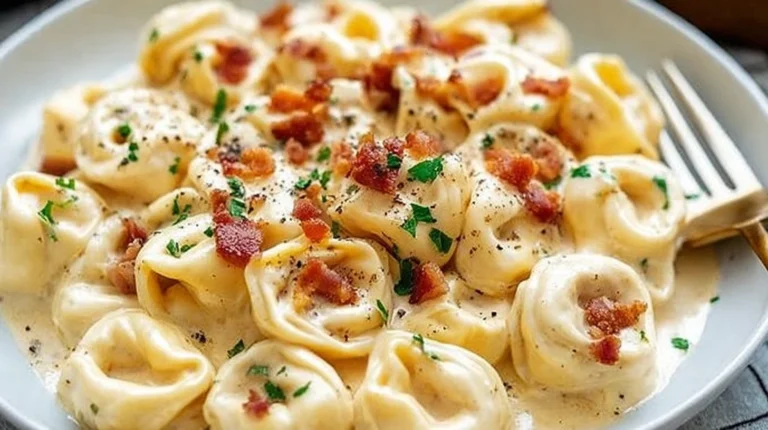
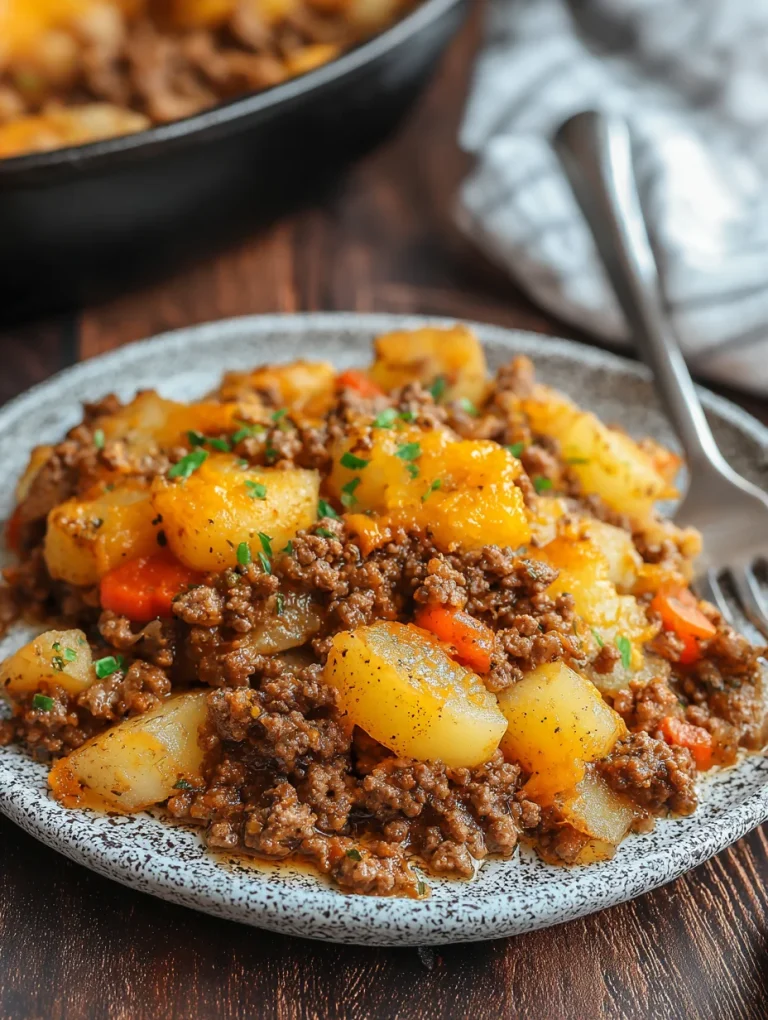
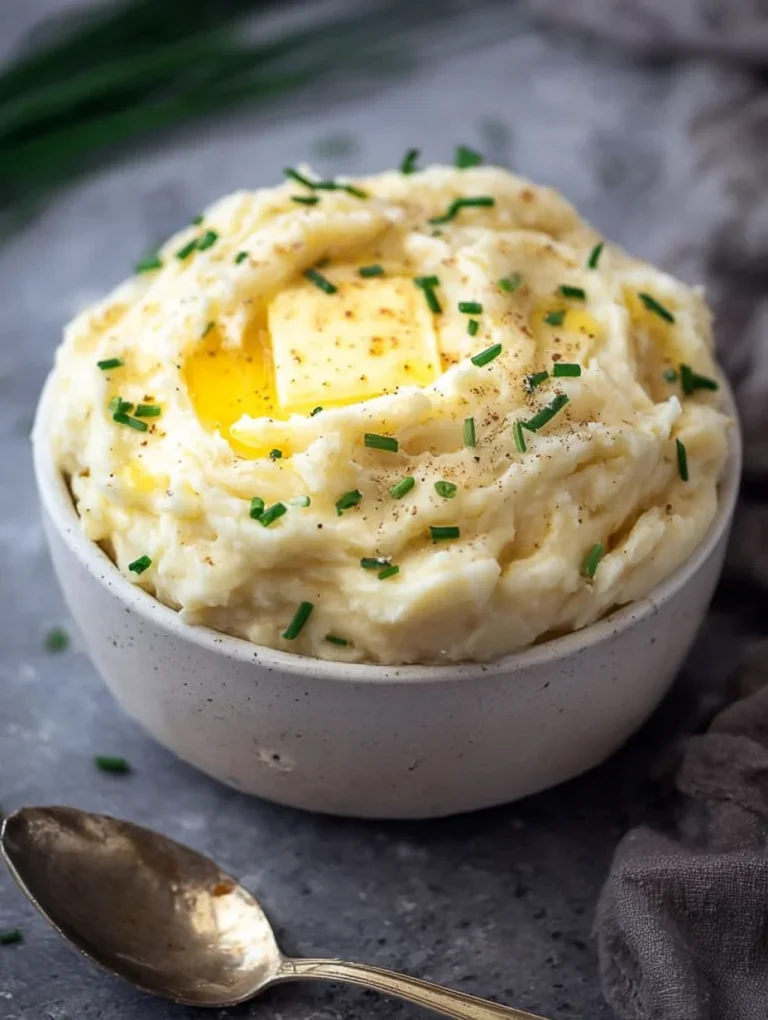



5 Comments